Losing jobs to machines has been happening for centuries; the spinning jenny replaced weavers, buttons replaced lift operators, while the internet drove the Yellow Pages out of business. However, many believe that A.I. has the capacity to positively impact our daily lives, not as a replacement technology, but as a collaborative one.
A.I. has actually been around since the 1950’s, when Alan Turing, now regarded as the “Father of A.I.”, created the “Turing Test” to determine whether a computer is “able to think”. Fast forward 70 years and A.I. is entrenched in almost every walk of life; communities; health care; buildings and utilities; farming and business; saving time, money, lives, and offering individuals a safer future.
However, it’s the emergence of autonomous driving which is one of the hottest topics.
At the 1939 World Fair in New York, GM shocked folks with its idea called “Futurama”, depicting what a city and its transport could look like in 20 years’ time.1
It wasn’t until this millennium that autonomous driving would be spoken about as a modern-day technology. Companies are now taking giant strides in the field of A.I. to make semi-autonomous and autonomous driving capabilities a reality; scrambling to gain market share, with investments in autonomous vehicles reaching $120 bn between March 2017 and March 20192. In just a decade, autonomous driving has become a melting pot of R&D initiatives from Silicon Valley giants, with the likes of Amazon, Apple, and Microsoft entering the race to develop this technology.
The Software behind A.I.
Aside from the hardware element, there’s also the software that will tie it all together — namely, cloud computing and 5G.
The cloud allows engineers to dump a lot of the data processing off the vehicles themselves and onto more capable and updated servers — meaning that these autonomous systems remain constantly state of the art.
The 5G network could enable a lot of key features within these systems; having a more robust, faster, higher-bandwidth wireless data system will significantly boost the vehicle network’s capabilities.
Elsewhere cities could optimize traffic patterns, so cars will know ahead of time what the traffic signals will be at every junction, and vehicles will communicate with each other to ease everything from lane changes to optimising routes based on congestion.
How can the robots help?
A study by the National Highway Transportation Safety Administration (NHTSA) found that human error accounts for between 94% to 96% of all auto accidents 4. Despite this, a recent survey revealed that around 88%3 of American drivers consider themselves to be “above average” at driving. Here autonomous vehicles should enable a safer future. Tesla, one of the first to deliver an “autopilot” publishes its own quarterly safety data. Interestingly, on average, nearly 10 times more miles are driven on Tesla Autopilot before an accident occurs than are driven by the average American driver before an accident occurs. Overall, one accident every 4.41 million miles is a marked improvement on one accident every 479,000 miles5 (see chart below).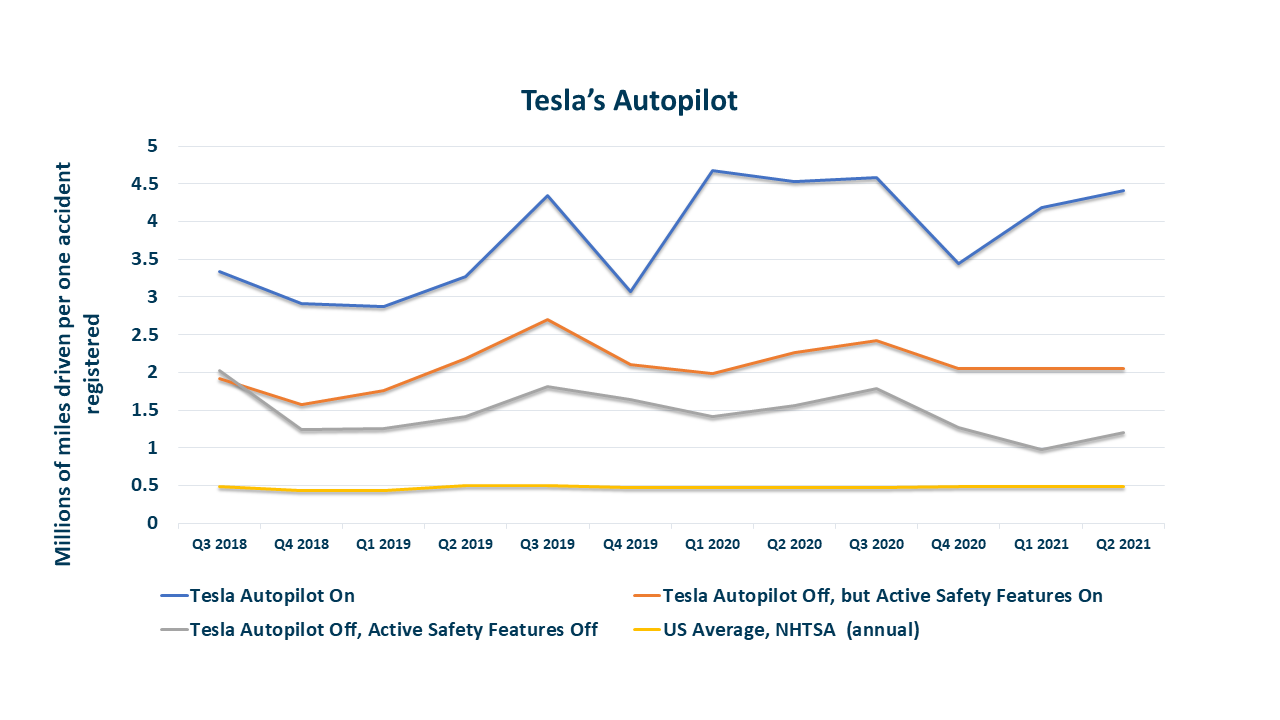

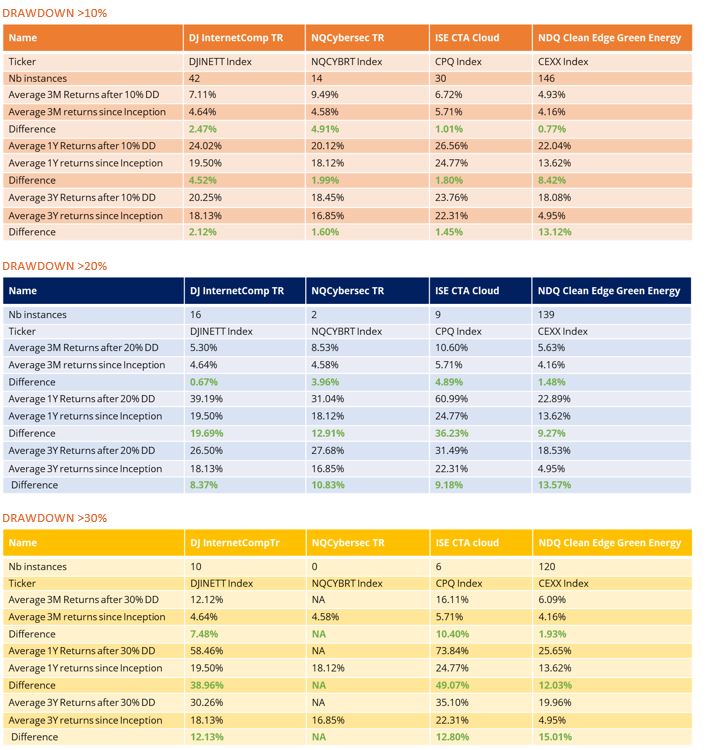
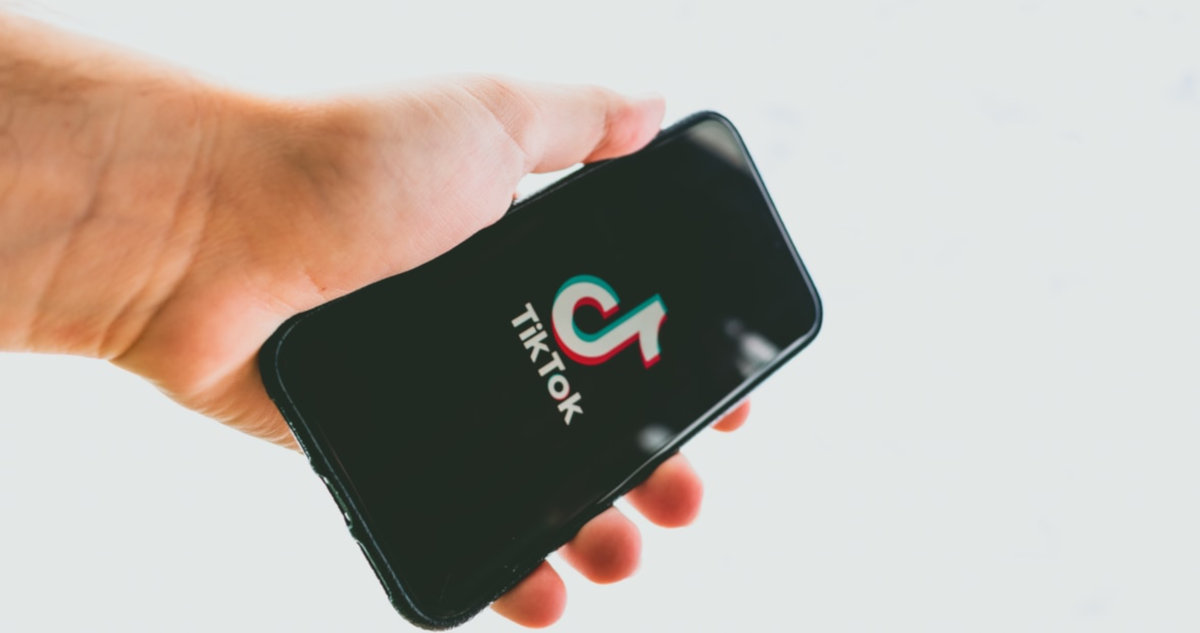

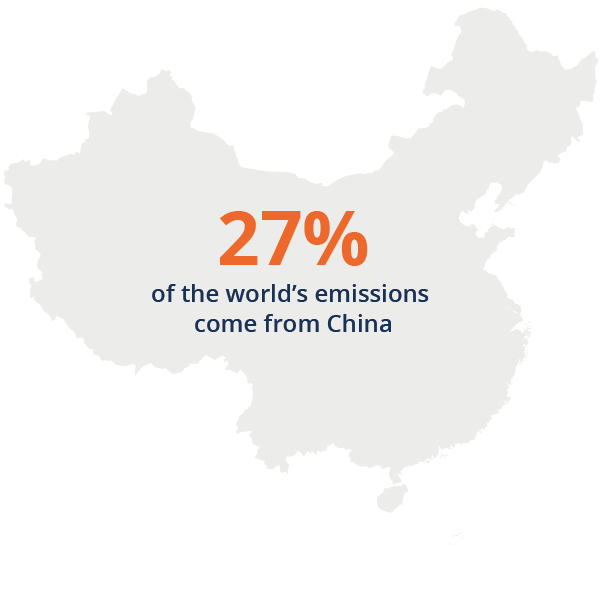
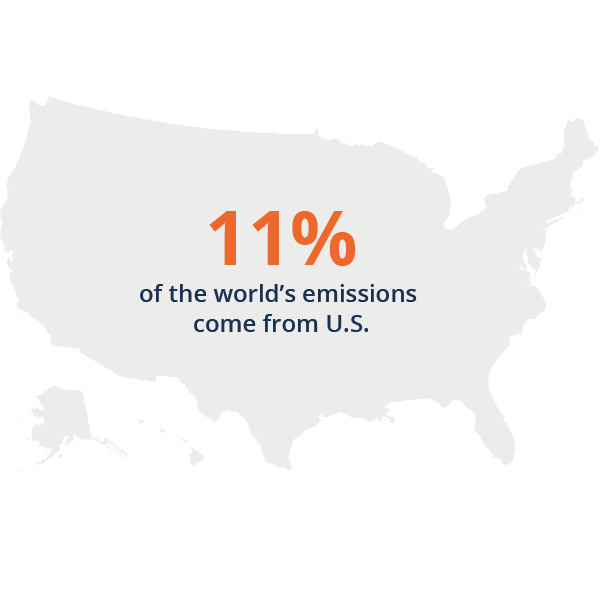
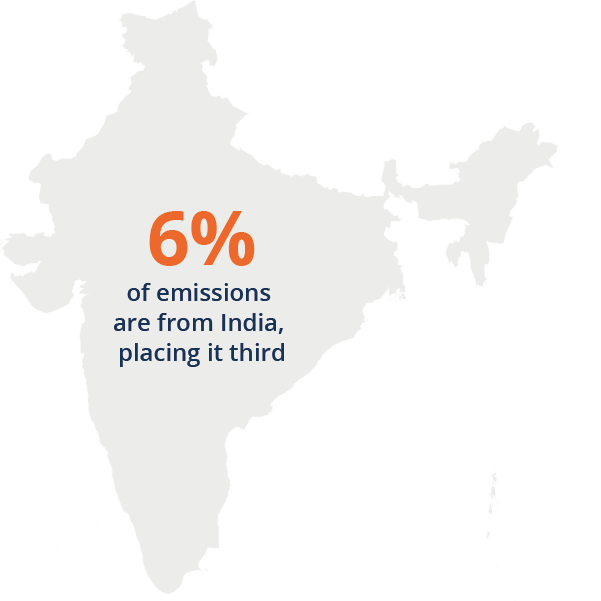


Share